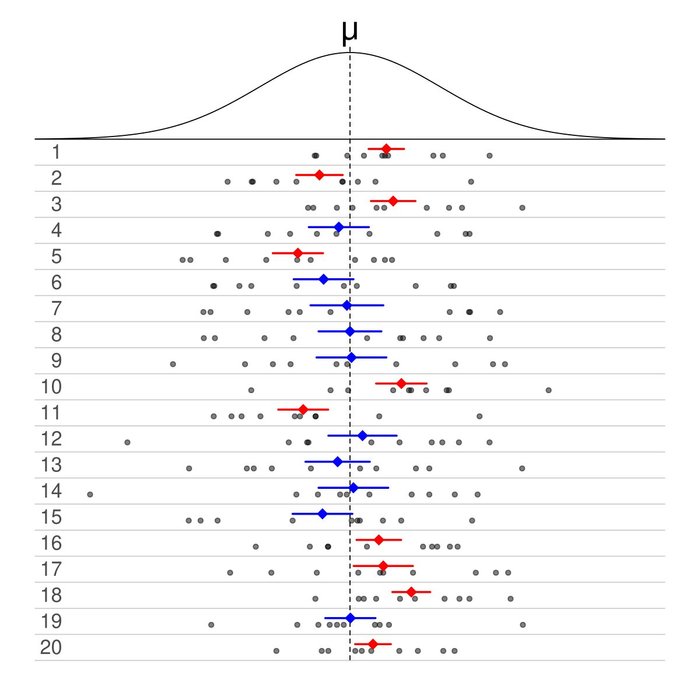Sublime
An inspiration engine for ideas

Statistical hypothesis testing involves two important concepts: general population and sample.
Roman Zykov • Roman's Data Science: How to monetize your data
“Bayesian methods,” contrasts it with other methods, and applies it to some interesting and common measurement problems (Chapter 10).
Douglas W. Hubbard • How to Measure Anything
vendors of software for the other category of analysis, which we’ll call quantitative or statistical modeling. In that category, you’re trying to use statistics to understand the relationships between variables and to make inferences from your sample to a larger population. Predictive analytics, randomized testing, and the various forms of
... See moreThomas H. Davenport • Keeping Up with the Quants: Your Guide to Understanding and Using Analytics
Quantifying this updated probability is an application of Bayesian inferencing. We’re no longer asking the simple, one-part question “What is the probability that the person with a pocket protector is an engineer?” Instead, we’re asking the compound question “What is the probability that the person with a pocket protector is an engineer, given the
... See moreDaniel Levitin • The Organized Mind
how we should adjust probabilities when we encounter new data,
Rhiannon Beaubien • The Great Mental Models Volume 1: General Thinking Concepts

The two parameters in the formula are alpha (1 minus the level of confidence (1 − 0.95 = 0.05)) and the degrees of freedom (sample size minus 1 for a one-sample t), for which t = 2.14.